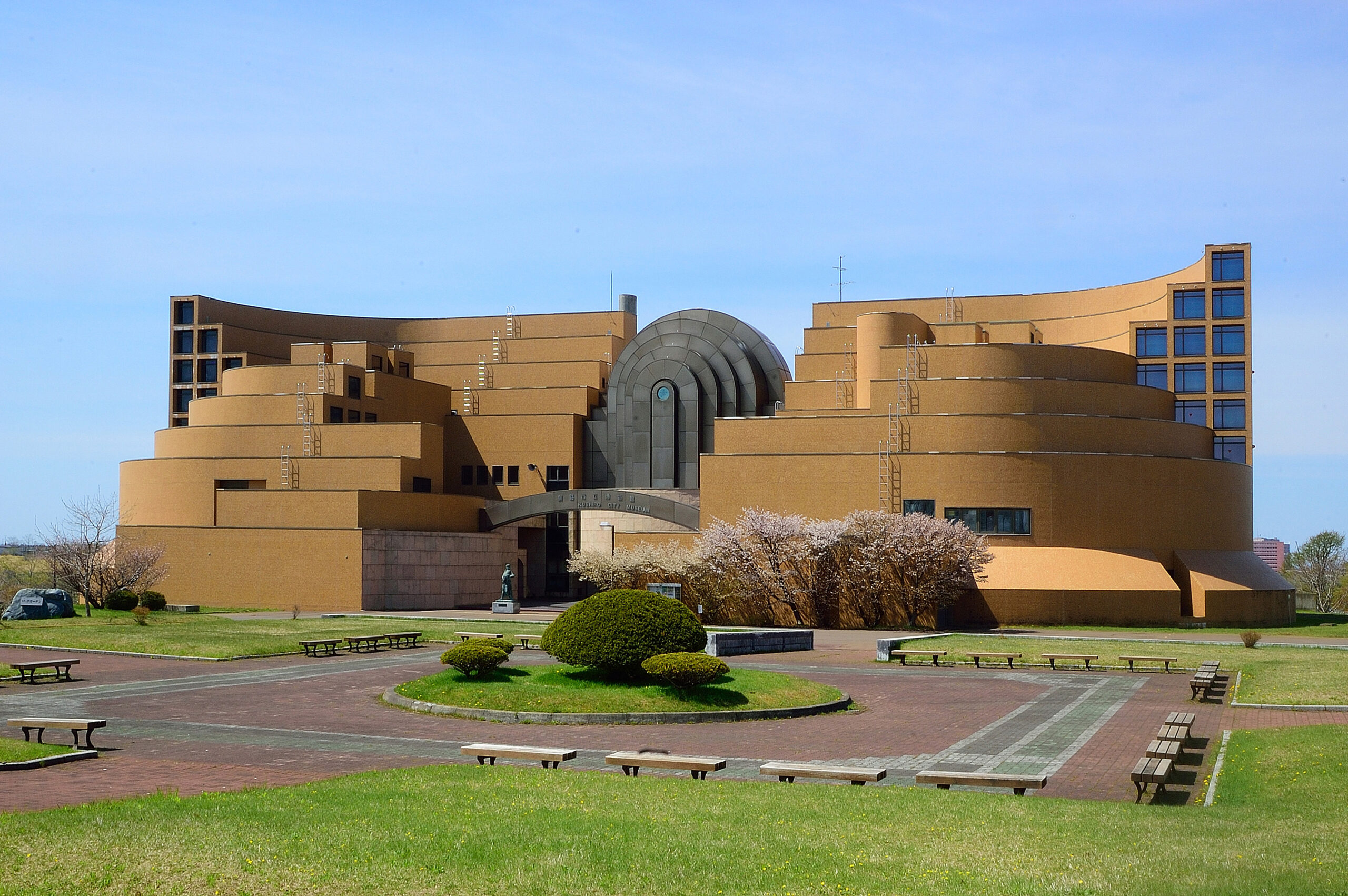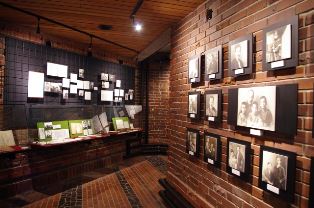This museum introduces the natural environment, history, and industry of Kushiro, as well as Ainu culture, in an easy-to-understand manner with about 4,100 specimens and materials, dioramas, and videos. The distinctive building of this museum was designed by Kiko Mozuna, an architect from Kushiro.
施設
Otaru Art Base
The Otaru Art Base is a complex of three museums where history and art mingle together.
The museums, repurposed from historical structures built during the early 20th century, are: the Stained Glass Museum, the Former Mitsui Bank Otaru Branch, and the Nitori Museum of Art. The museums mainly hold and display modern and contemporary Japanese paintings, Western paintings, sculptures, prints, glassworks, and stained glass.
Arishima Museum
This museum features the life and works of Takeo Arishima (1878 – 1923), a novelist of the Taisho era known for works that include Kain no Matsuei (Descendants of Cain), Umareizuru Nayami (The Agony of Being Born), and Aru Onna (A Certain Woman). It also introduces the history of the farm he owned.
Hoshi-no-Furusato Centennial Museum
This local history museum enables visitors to learn about the nature, history, and literature of Ashibetsu City. The Star Dome at the museum allows visitors to experience the night sky, and the Magic Vision Video system reproduces the living conditions of coal mine tenements around 1953. Exhibits include coal mining materials, archaeological finds excavated from the Takisato Sites, and valuable literary materials about Hiroshi and Akiko Yosano, a couple renowned in Japanese poetry.
Hidaka Mountains Museum
This museum features the natural splendor of the Hidaka Mountains and their relationship with people, including mountaineering and industry, from the perspective of geology and rocks. It is a geo-museum that researches primarily geology and rocks in the Hidaka Mountains area and elsewhere in Hokkaido, collects and preserves specimens, offers exhibitions and educational programs, conducts promotional activities, and holds events.
Yamanote Museum
This museum opened in the Yamanote area of the Nishi Ward of Sapporo in April 2004. It has since worked to make its exhibits attractive by enriching its holdings under the themes of maps and ores through the collection of mining materials, ores, rocks, and minerals in Hokkaido and elsewhere, and through the donation of ores from former mines. It also collects and displays various kinds of maps, map information, and surveying instruments, while selling publications of related research institutes. It supports educational activities, exchanges, and information-sharing of the local community and various institutions, all while continuing museum activities, including field trips and consultation services about stones, to raise public awareness of geology and the environment. The museum staff will continue to work with the local community, located in this beautiful area along the Kotoni-Hassamu River, and we look forward to your visit.
Archaeological Museum of Sapporo University
This facility opened for the purpose of using archaeological materials that have been investigated and collected by faculty members and seminar participants since Sapporo University was founded in 1967, as well as for the purpose of using related research findings, for study by students and for the lifelong learning of citizens.
National Ainu Museum
This facility is Japan’s first and northernmost national museum dedicated to the history and culture of the indigenous Ainu people. It was established to transmit the history and culture of Ainu to many people and to pass their culture to future generations in order to create a society where the pride of the Ainu is respected. The exhibitions introduce the Ainu people from their own perspective.
Kitami City Tanno Town Historical Museum
This facility originally opened as the Tanno Town Historical Museum in May 1983, but it was renamed the Kitami City Tanno Town Historical Museum following a municipal merger in March 2006. The facility has about 800 exhibits, including materials on farmer-soldiers (in the 1st Company of the 4th Battalion) who settled in what was the Notsukeushi area in 1897 and 1898 and who laid the foundations for land reclamation in Tanno Town of today’s Kitami City. Exhibits also include farm equipment used during the pioneering days, and approximately 800 stone tools and pottery used by people living about 10,000 years ago. The museum staff look forward to your visit.
Wassamu Town Local Museum
This facility opened in December 1972. It served as a place for activities of the Wassamu High School Local Folk Materials Study Group, which took the lead in collecting materials. Today, the facility showcases about 600 various materials of historical importance, including farm equipment used during land reclamation and development years before World War II.









